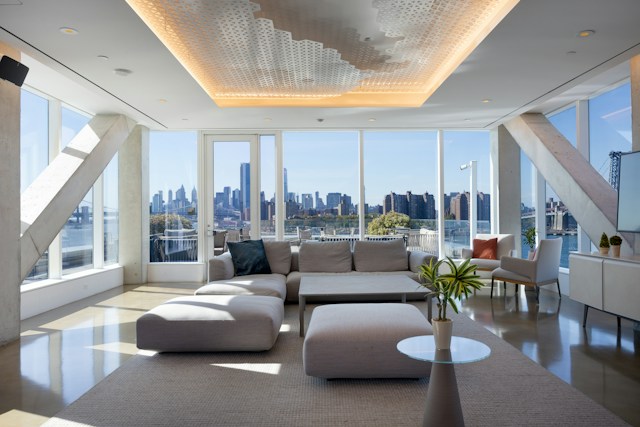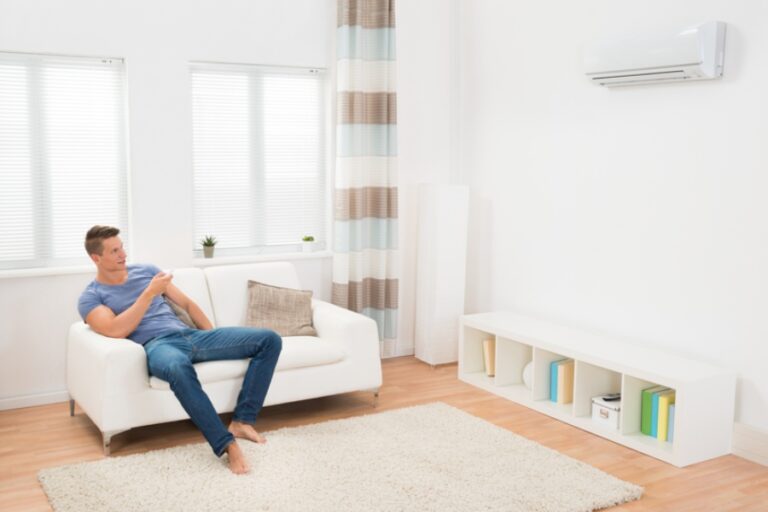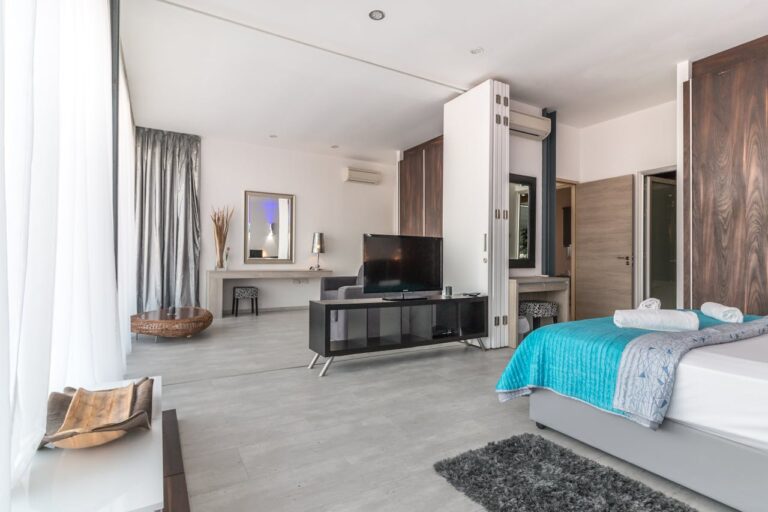If you are a homeowner and looking for new home renovation ideas to enhance the aesthetic and design of your house, then adding some simple architectural features can work wonders for you.
For instance, floor-to-ceiling windows have become an increasingly popular feature in modern architecture and interior design.
These expansive windows offer more than just a view, as they also bring numerous benefits to both residential and commercial spaces. From enhancing natural light to providing breathtaking panoramas, floor-to-ceiling windows have much to offer.
Let’s delve into the advantages they bring to the spaces they adorn and find the best ways you can incorporate this architectural feature into your desired space.
Benefits of Installing Floor-to-Ceiling Windows

Incorporating floor-to-ceiling windows in different areas of your house can bring a significant change in the aesthetic of the house and enhance the overall look of the space. Here are some ways this architectural feature may benefit the outlook of your home.
-
Maximizing Natural Light
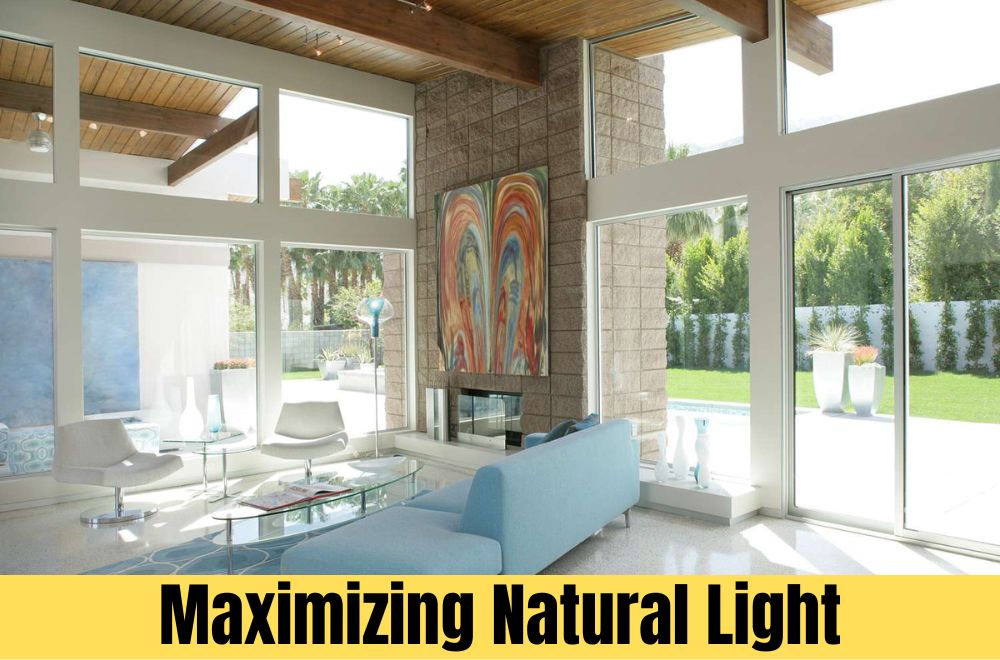
Floor-to-ceiling windows are renowned for their ability to flood interiors with natural light. These windows capture sunlight throughout the day and reduce the need for artificial lighting and creating a brighter, more inviting atmosphere.
This abundance of natural light not only improves the aesthetic appeal of a space but also contributes to occupants’ well-being by boosting mood and productivity. It may also help to cut the cost of energy bills by reducing the need for artificial lighting.
-
Expanding Views

One of the most obvious benefits of floor-to-ceiling windows is the expansive views they offer. Whether overlooking a scenic landscape, a bustling cityscape, or a serene garden, these huge-sized windows frame the surroundings like works of art.
These windows can seamlessly blend indoor and outdoor spaces and create a sense of connection with the environment and nature. It makes occupants feel more connected to nature and their surroundings.
-
Enhancing Interior Design

Floor-to-ceiling windows serve as focal points in interior design and add a touch of elegance and sophistication to any space, just like high ceiling designs.
Their sleek and minimalist design complements various architectural styles and enhances the overall aesthetic appeal of a room. Additionally, these windows serve as versatile design elements that allow for seamless integration with different decor styles and color schemes.
-
Creating a Sense of Spaciousness
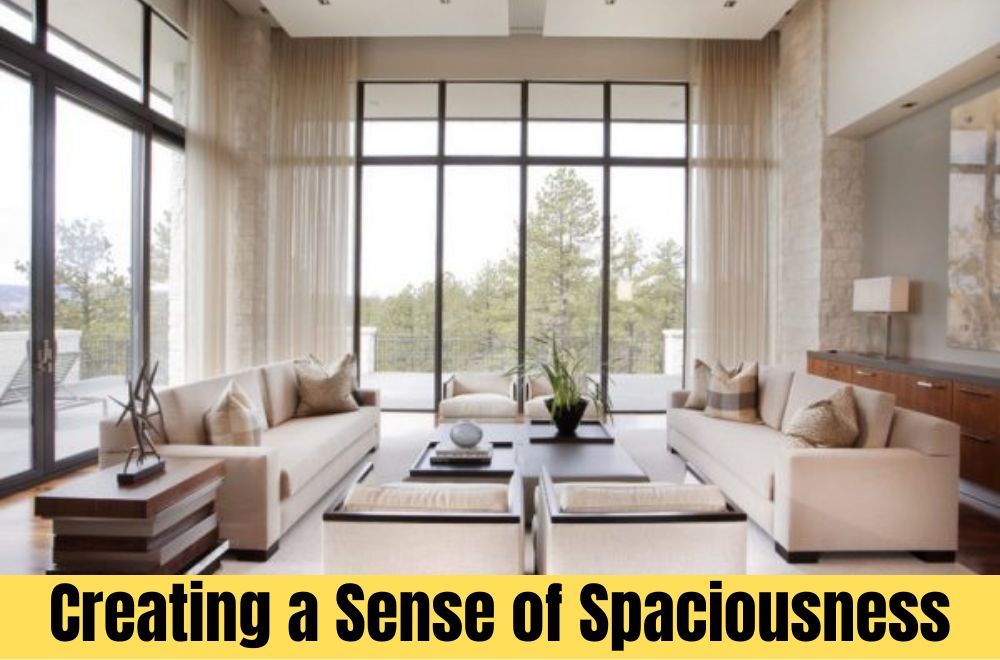
The expansive glass panels of floor-to-ceiling windows create an illusion of space and make the rooms feel larger and more open.
This is particularly beneficial in smaller or cramped spaces, where traditional windows may not provide an airy atmosphere and enough natural light.
Floor-to-ceiling windows maximise natural light and offer uninterrupted views. It also contributes to a sense of spaciousness and airiness and transforms even the most compact interiors into inviting and comfortable spaces.
-
Energy Efficiency

Many people believe floor-to-ceiling windows to be more energy-consuming and utilise more energy resources due to the lack of insulation. However, on the contrary, these windows can be designed to be energy-efficient.
Modern advancements in glazing technology, such as low-emissivity coatings and insulated glass units, help minimize heat loss in winter and reduce heat gain in summer, resulting in improved energy efficiency.
Additionally, strategic placement of floor-to-ceiling windows can harness passive solar heat gain, further enhancing energy performance and reducing reliance on artificial heating and cooling systems.
-
Connection to the Outdoors

Floor-to-ceiling windows seamlessly connect the boundaries between indoor and outdoor living and allow occupants to feel more connected to the natural environment.
Whether you are enjoying a morning coffee with a view of the sunrise or hosting a dinner party with a backdrop of starry skies, these windows facilitate a seamless transition between indoor comfort and outdoor beauty.
They also encourage outdoor living and stepping out in fresh air by creating easy access to patios, decks, or gardens, thus enhancing the overall living experience.
-
Increased Property Value
The addition and integration of floor-to-ceiling windows can significantly increase the value of a property. Their aesthetic appeal, functional benefits, and ability to enhance natural light and views make them a desirable feature for potential buyers or renters.
As it is a much preferred and liked architectural feature, properties adorned with floor-to-ceiling windows often ask for higher prices and attract more interest in the real estate market.
This makes these windows a worthwhile investment for homeowners and construction developers.
Cons of Floor-to-Ceiling Windows
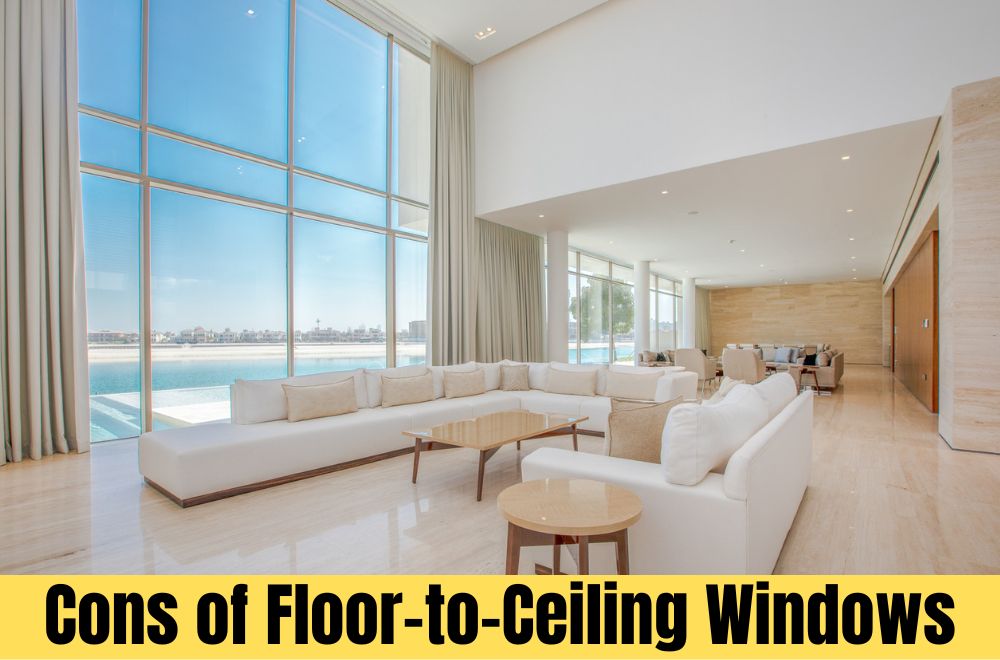
While there are numerous benefits of installing floor-to-ceiling windows on your property, it is always wise to acknowledge the cons of this architectural feature as well. Here are some cons that come with these expansive windows:
- Potential lack of privacy due to easy visibility into interior spaces.
- They may contribute to increased heat gain in summer and heat loss in winter without proper insulation.
- Excessive sunlight can cause glare and lead to fading of interior furnishings.
Overview
Floor-to-ceiling windows offer a lot of benefits that extend beyond aesthetics. These windows provide a more comfortable, inviting, and valuable living or working environment.
Whether incorporated into residential homes, commercial spaces, or architectural projects, these windows continue to captivate with their timeless appeal and undeniable advantages.

